Home>Gardening & Outdoor>Outdoor Structures>How To Stop Condensation Inside A Metal Shed


Outdoor Structures
How To Stop Condensation Inside A Metal Shed
Modified: March 2, 2024
Learn effective ways to prevent condensation inside your metal shed and protect your outdoor structures. Stop moisture buildup with these expert tips and keep your belongings safe.
(Many of the links in this article redirect to a specific reviewed product. Your purchase of these products through affiliate links helps to generate commission for Storables.com, at no extra cost. Learn more)
**
Introduction
**
If you have a metal shed, you may have encountered the frustrating issue of condensation building up inside. This common problem can lead to rust, mold, and damage to the items stored in the shed. Fortunately, there are effective ways to combat this issue and maintain a dry, protected environment within your metal shed.
In this guide, we will explore the causes of condensation in metal sheds and provide practical steps to prevent it. By understanding the underlying factors and implementing the right solutions, you can ensure that your metal shed remains free from the damaging effects of condensation. Let's delve into the world of metal sheds and discover how to conquer the challenge of condensation.
Key Takeaways:
- Combat condensation in metal sheds by improving ventilation, insulating, and using dehumidifiers and desiccants. Thoughtful item storage and regular maintenance are key to preventing rust, mold, and damage to stored items.
- Understanding condensation causes and implementing proactive measures can help shed owners maintain a dry, protective environment within their metal sheds. By staying vigilant and taking regular maintenance steps, they can conquer the challenge of condensation.
Read more: How To Stop Condensation On Interior Walls
Understanding Condensation in Metal Sheds
Condensation occurs when warm, moisture-laden air comes into contact with a cold surface, leading to the formation of water droplets. In the context of a metal shed, this phenomenon commonly occurs when the temperature inside the shed differs significantly from the outside environment. During colder weather, the metal walls of the shed become cold, causing any warm, humid air inside to condense on the metal surfaces.
Several factors contribute to the prevalence of condensation in metal sheds. The lack of adequate ventilation can trap moist air inside the shed, creating an environment ripe for condensation. Additionally, temperature differentials between the interior and exterior of the shed can exacerbate the issue. Furthermore, the presence of items stored in the shed that release moisture, such as wet tools or damp equipment, can contribute to elevated humidity levels.
It is essential to recognize that condensation not only poses a threat to the structural integrity of the shed but also jeopardizes the condition of the items stored within. The accumulation of moisture can lead to rust on metal tools and equipment, mold growth on wooden surfaces, and damage to cardboard boxes and paper-based products.
By comprehending the mechanisms behind condensation and its potential consequences, shed owners can take proactive measures to mitigate this issue and preserve the integrity of their metal structures.
To stop condensation inside a metal shed, consider adding insulation to the walls and roof to regulate temperature and reduce moisture. Additionally, use a dehumidifier to remove excess moisture from the air.
Steps to Stop Condensation Inside a Metal Shed
Combatting condensation inside a metal shed involves a multifaceted approach that addresses ventilation, insulation, and moisture control. By implementing the following steps, you can effectively minimize condensation and maintain a dry, protective environment within your shed:
- Improve Ventilation: Enhancing airflow within the shed is crucial for reducing moisture buildup. Consider installing vents or louvers to facilitate air circulation. Additionally, keeping windows or doors open periodically can help exchange humid air with drier outdoor air.
- Insulate the Shed: Insulation serves as a barrier that helps regulate temperature differentials and minimizes condensation. Insulating the walls and ceiling of the shed can mitigate the impact of external temperature fluctuations and reduce the likelihood of condensation forming on the metal surfaces.
- Use a Dehumidifier: Employing a dehumidifier can effectively extract excess moisture from the air, maintaining optimal humidity levels within the shed. This appliance is particularly beneficial in damp environments or during periods of high humidity.
- Employ Desiccants: Placing desiccants, such as silica gel packets or calcium chloride crystals, inside the shed can help absorb moisture from the air. These desiccants are especially useful in enclosed spaces or areas with limited ventilation.
- Store Items Thoughtfully: Be mindful of the items stored in the shed, particularly those prone to releasing moisture. Ensure that wet tools or equipment are thoroughly dried before being placed in the shed, and consider using airtight containers to protect susceptible items from moisture damage.
- Monitor and Maintain: Regularly inspect the shed for any signs of condensation or moisture accumulation. Address any leaks or sources of water ingress promptly, and keep the shed well-maintained to prevent the onset of condensation-inducing conditions.
By integrating these proactive measures, shed owners can effectively mitigate the impact of condensation and safeguard their metal sheds from the detrimental effects of excessive moisture.
Conclusion
Condensation inside a metal shed can pose significant challenges, but with the right strategies, it is a manageable issue. By understanding the dynamics of condensation and its implications for shed maintenance, individuals can take proactive steps to minimize its impact.
Improving ventilation, insulating the shed, utilizing dehumidifiers and desiccants, and thoughtfully managing stored items are all essential components of an effective condensation prevention plan. These measures collectively contribute to creating a drier, more controlled environment within the shed, reducing the risk of rust, mold, and damage to stored items.
It is important for shed owners to recognize that combating condensation is an ongoing process that requires vigilance and regular maintenance. By consistently monitoring the shed’s condition and promptly addressing any signs of moisture accumulation, individuals can effectively preserve the integrity of their metal sheds.
Ultimately, by implementing the recommended strategies and staying attuned to the unique environmental factors affecting their sheds, individuals can conquer the challenge of condensation and ensure that their metal sheds remain resilient and protective spaces for their belongings.
With a proactive mindset and a comprehensive approach to moisture management, shed owners can successfully stop condensation in its tracks, maintaining a dry and secure environment within their metal structures.
Frequently Asked Questions about How To Stop Condensation Inside A Metal Shed
Was this page helpful?
At Storables.com, we guarantee accurate and reliable information. Our content, validated by Expert Board Contributors, is crafted following stringent Editorial Policies. We're committed to providing you with well-researched, expert-backed insights for all your informational needs.

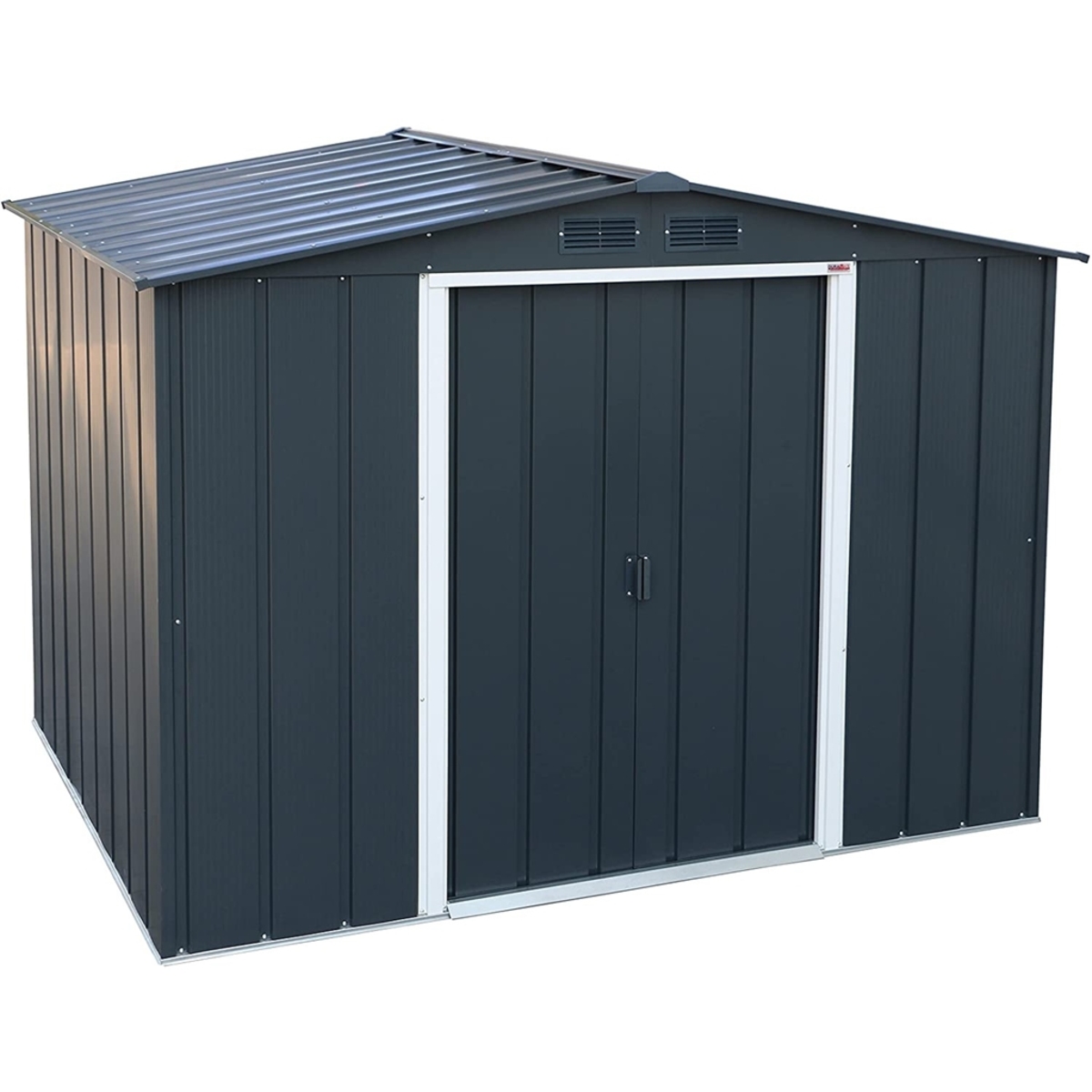

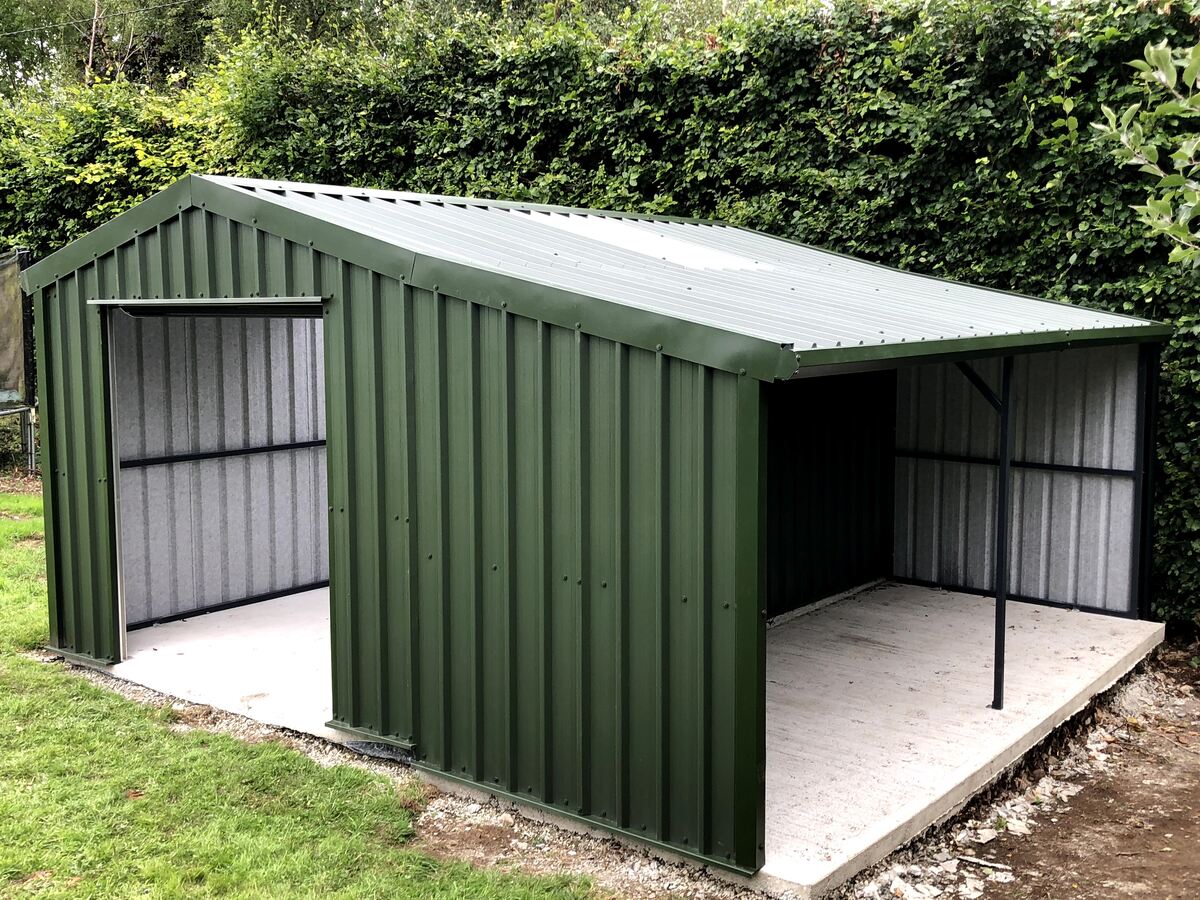
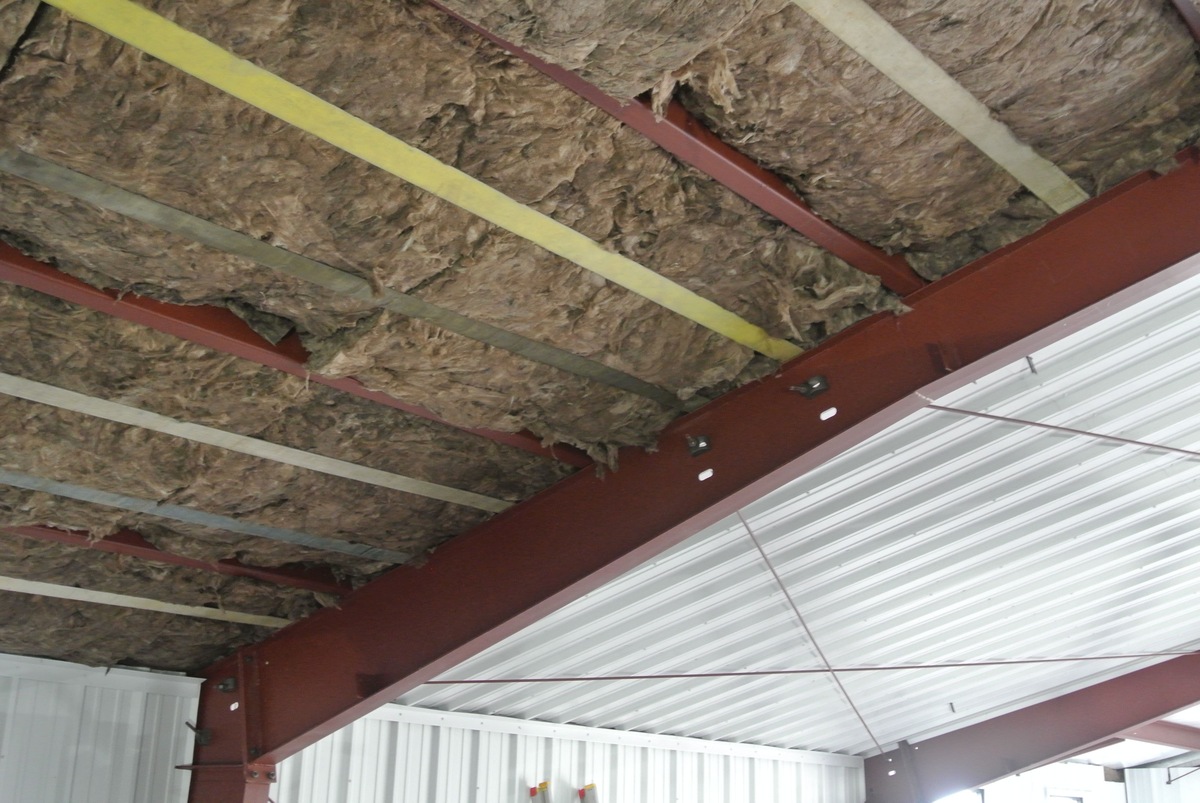
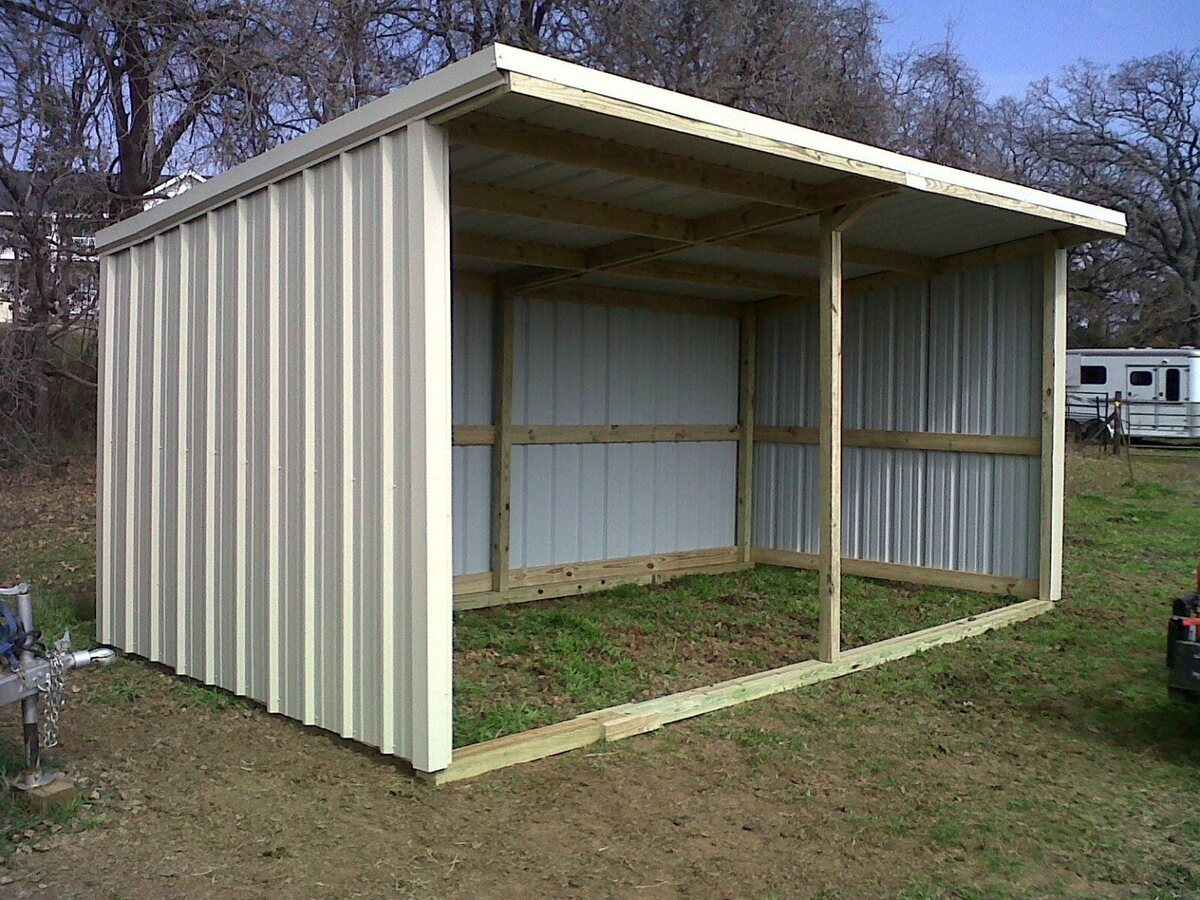
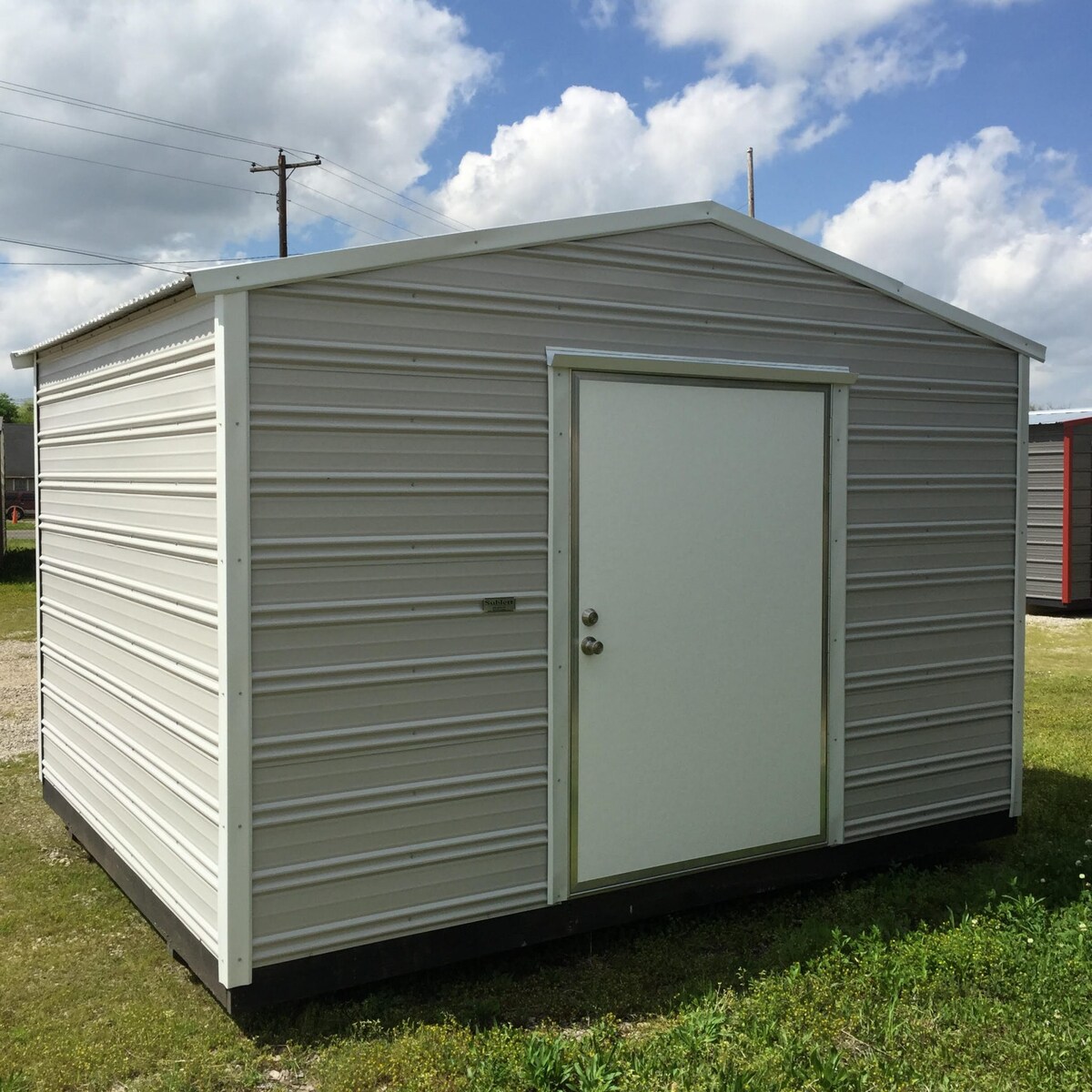
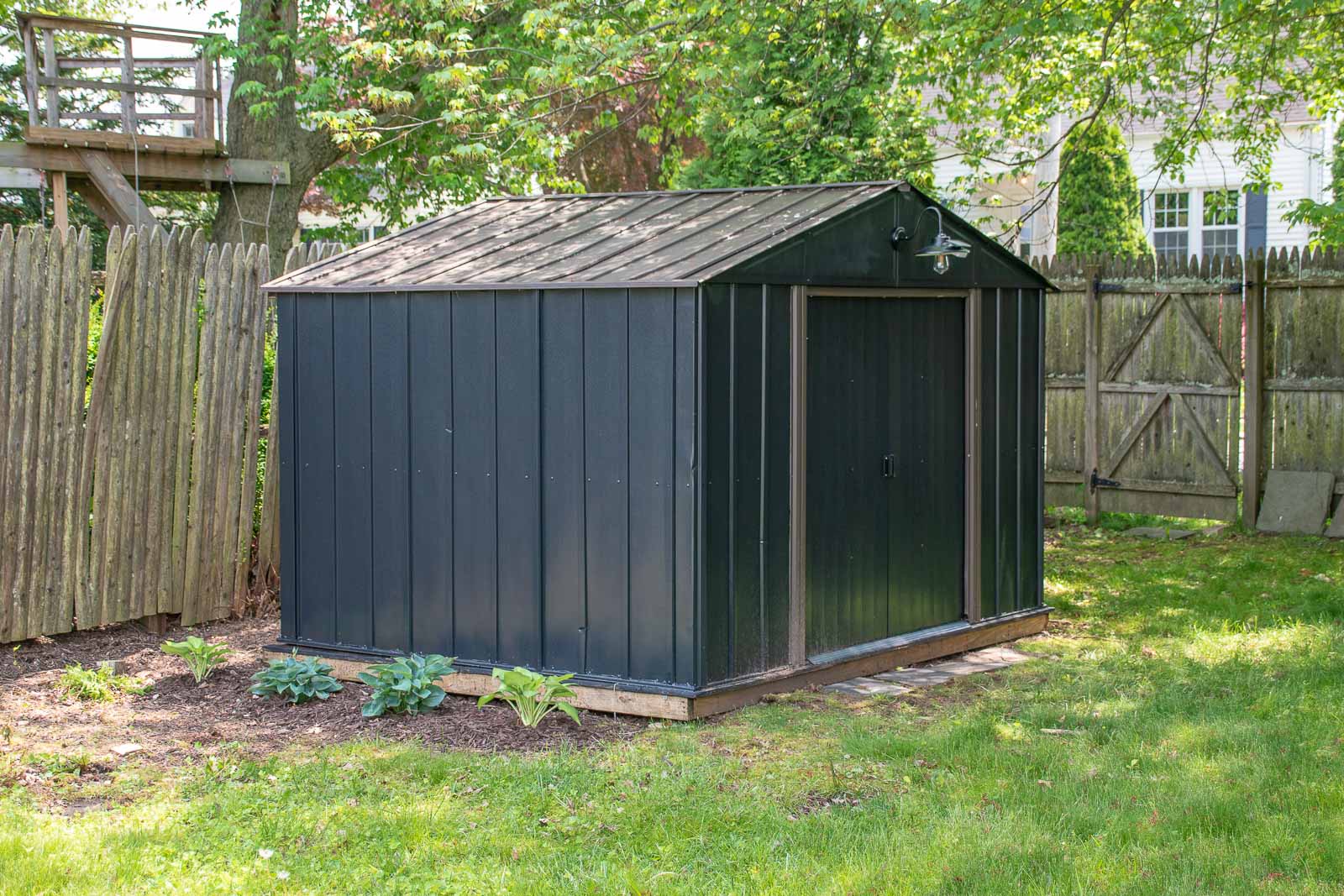

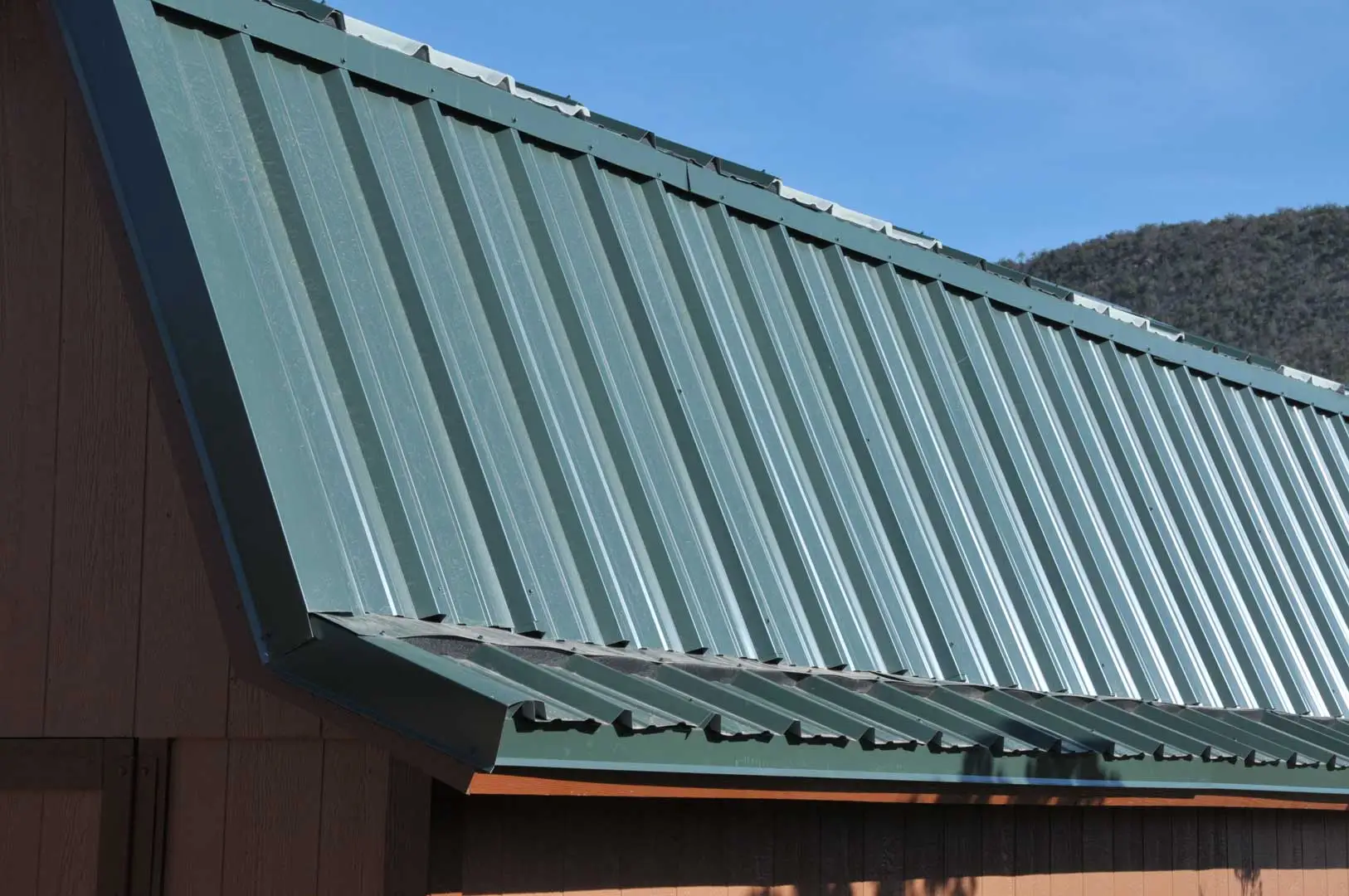
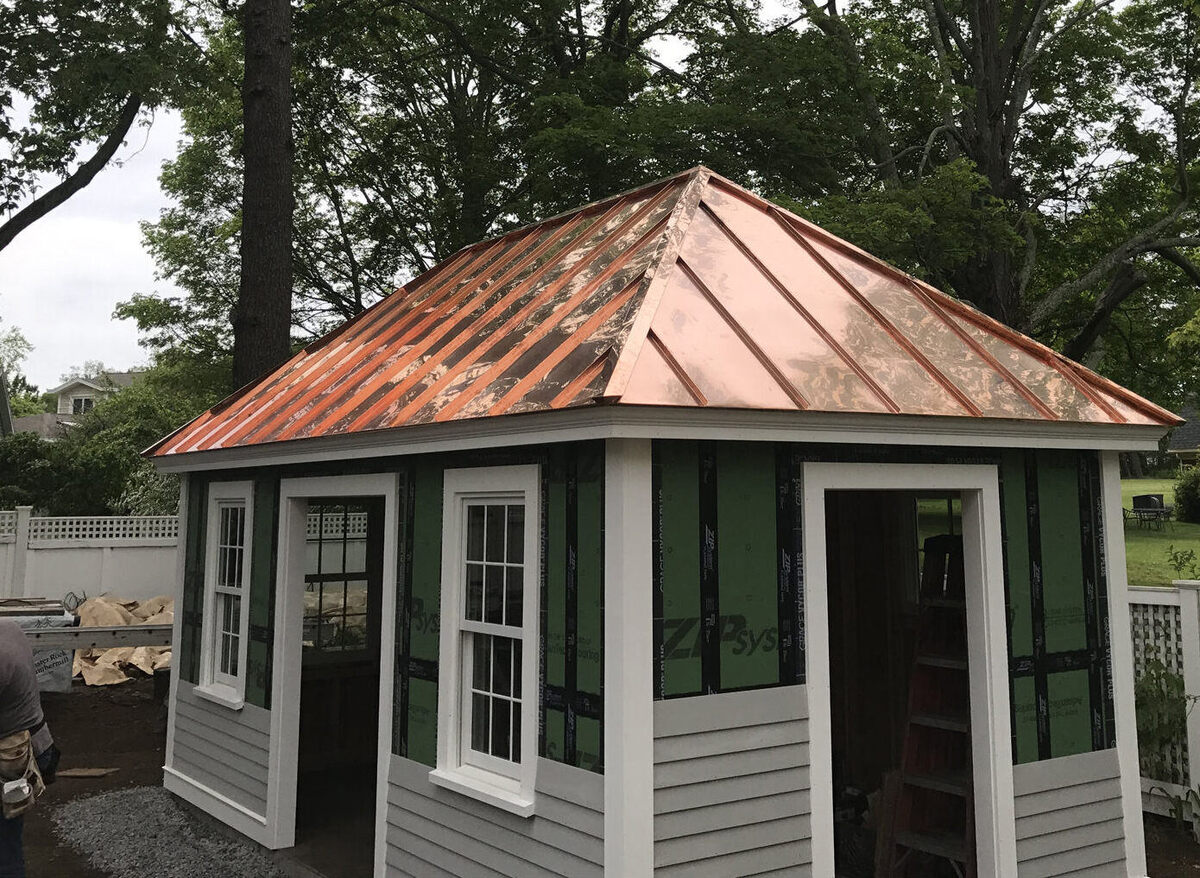
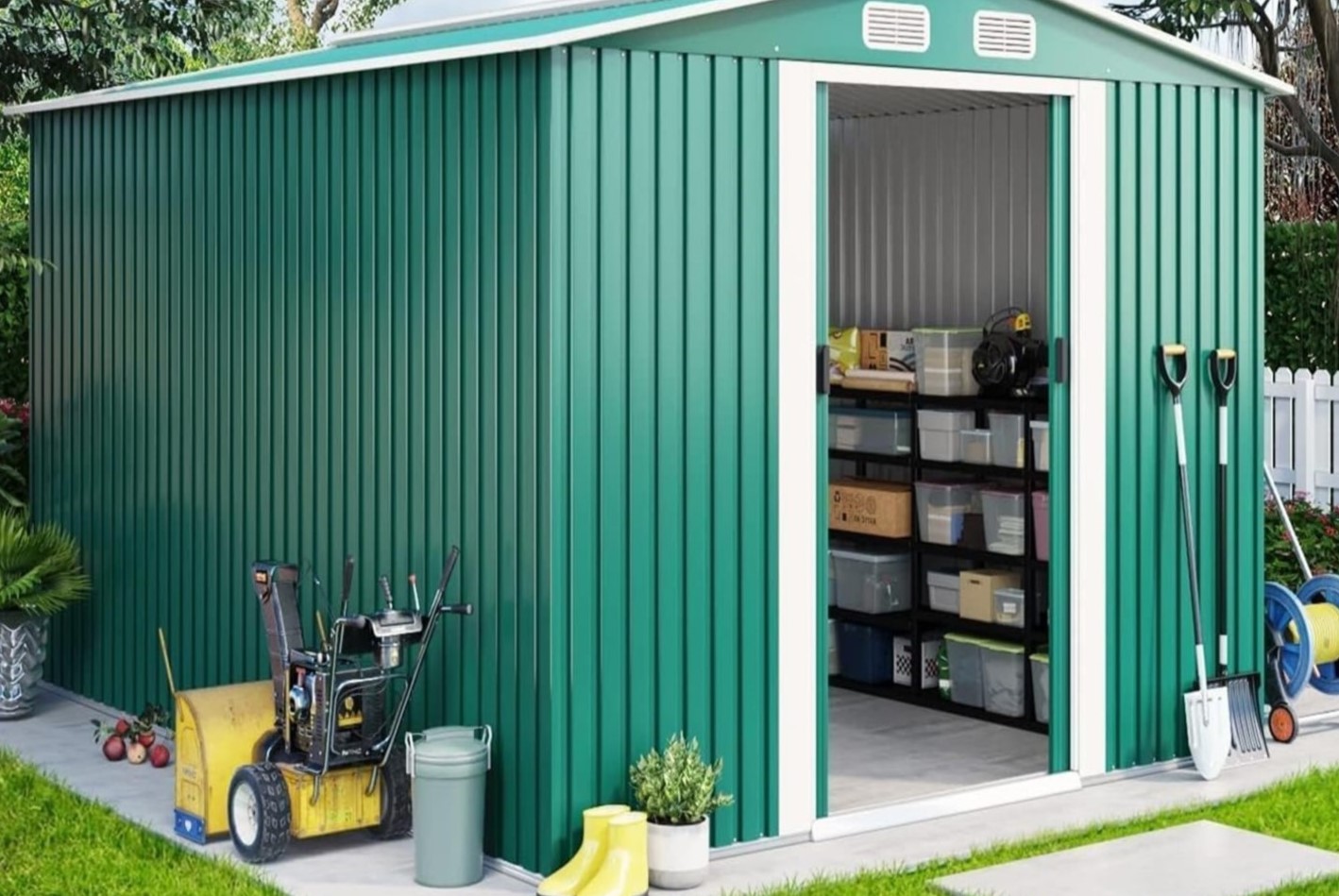
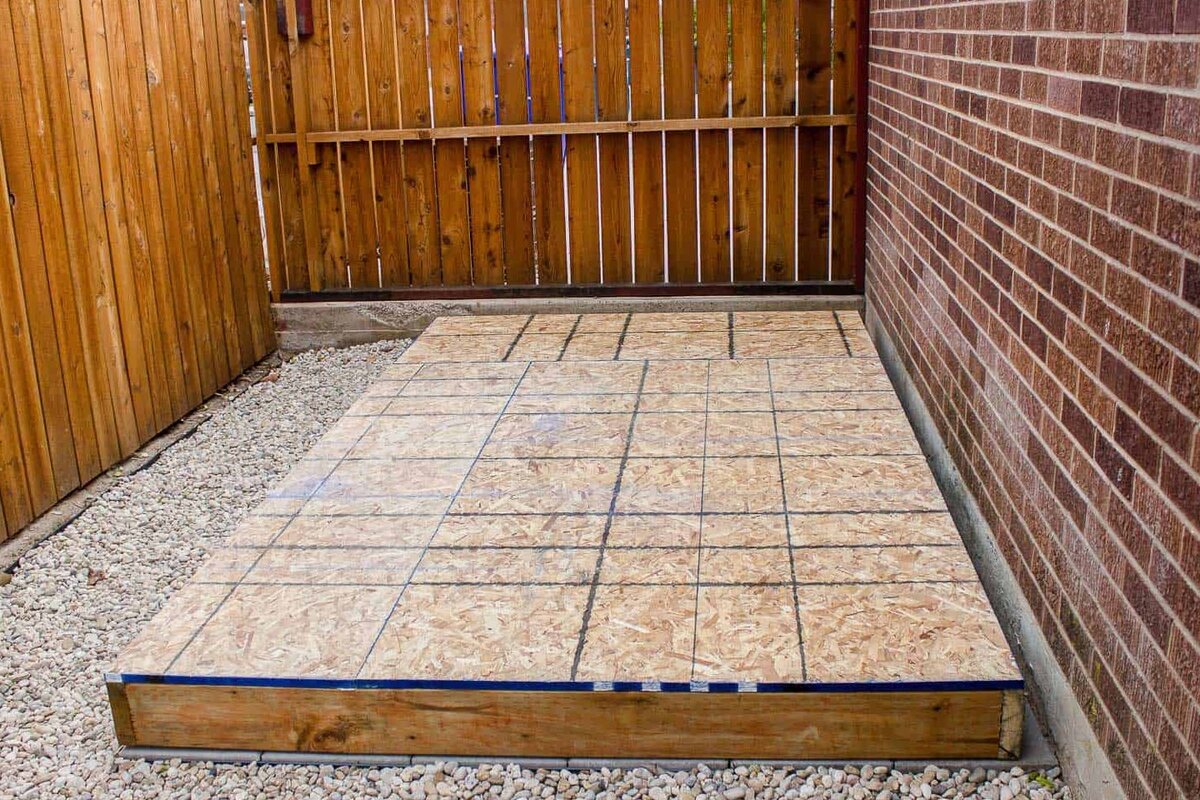
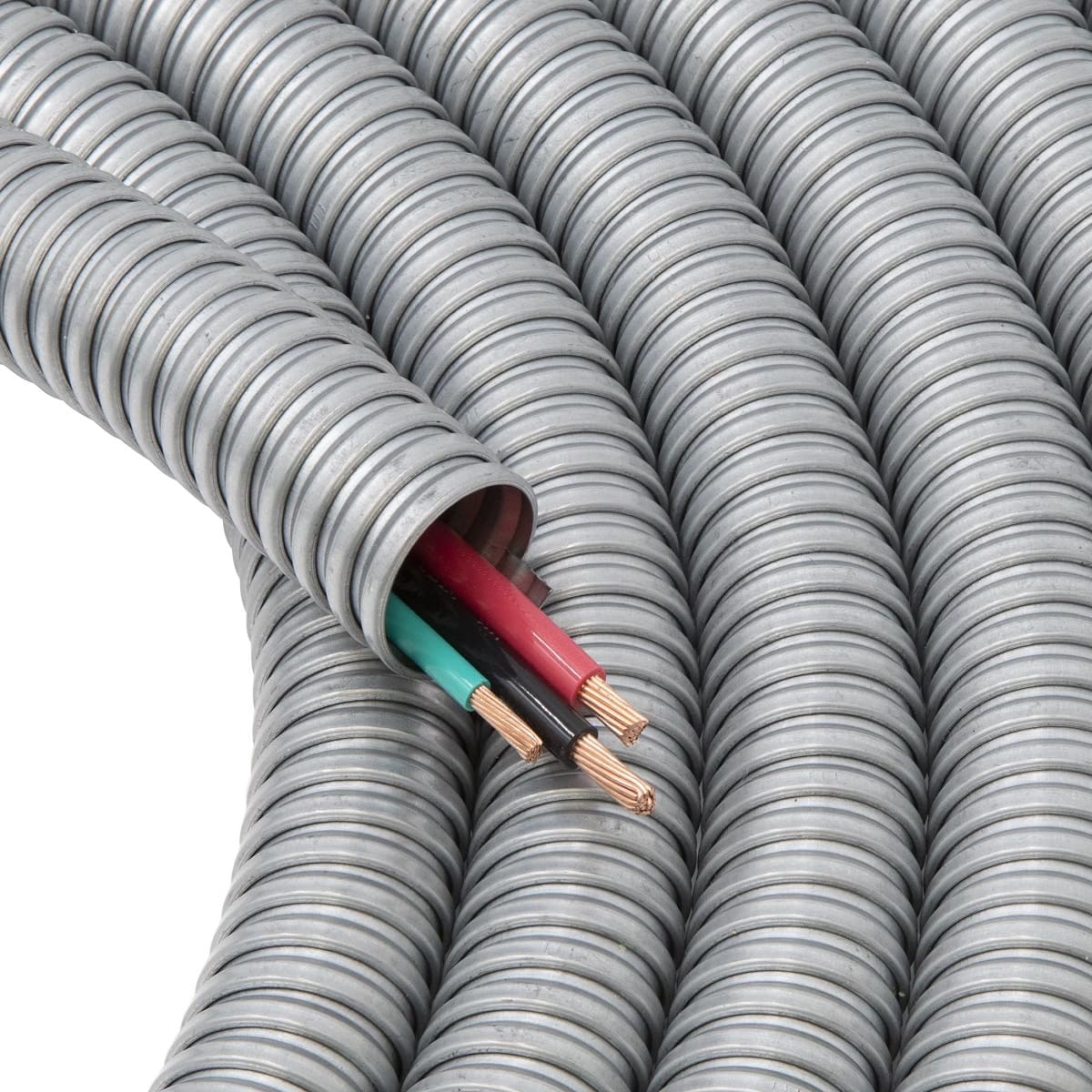


0 thoughts on “How To Stop Condensation Inside A Metal Shed”